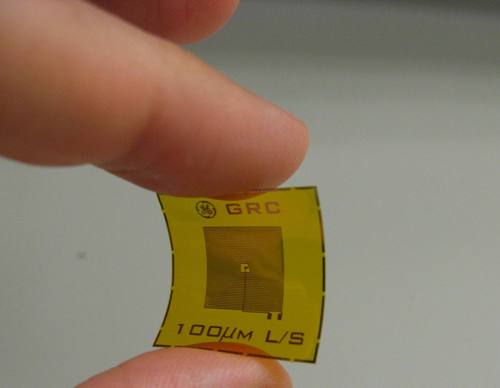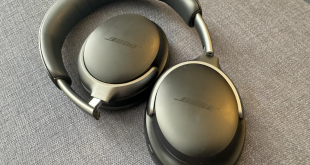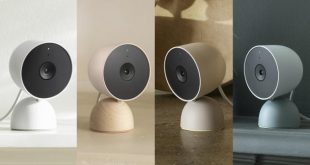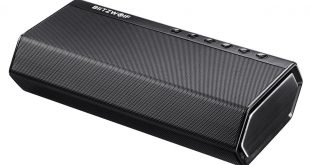Researchers at General Electric Global Research have come with a so-called butterfly sensor that will help improve the technology used to detect explosive materials and weaponry, such as bombs. Nowadays, the technology used to detect this kind of dangerous weaponry that is usually involved in terrorist attacks is bulky, expensive and hard to use, which is why GE Global Research has been working on making a breakthrough in the field of bomb-detection. The butterfly sensor doesn’t really resemble a butterfly, but it does draw some of its components from the Morpho butterfly.
The butterfly sensor is inspired by the construction of the wings on a Morpho butterfly which help it change colors when interacting with certain materials. The principle behind the new sensors from the research lab is that current technology is easy to depict and hard to produce when it comes to bomb detection, and they’ve managed to create a sensor that is made up of a film that is actually ten times thinner than human hair and can be used as a sticker.
Once the butterfly sensor is stuck onto a surface, everything that comes in contact with that surface or is in the immediate vicinity of the sensor will emit certain radiation. The radio frequency sensor then picks up these radiations and determines whether they are coming from a potentially dangerous source, such as explosives or chemical oxidizers. According to the researchers working on the project, the butterfly sensor will be able to pick up even the smallest traces of radiation from bombs, which will make it a very useful tool for bomb detection.
The butterfly sensor itself is as small as a penny and it needs a minute amount of power in order to function. The sensor will cost under a dollar to manufacture, which means that commercialization and deployment of the new technology will be made much easier than with other bomb detection systems like chromatographs and spectrometers. The device itself is made up of an RFID tag, which many of you are probably familiar with because it’s a pretty widespread technology, especially in the automotive industry and a special coating that can detect various chemicals. Besides the thin strip that is the butterfly sensor, the system comes with a smartphone-sized tag reader, which will actually charge the RFID tag when it’s near it.
The process of identifying hazardous materials in a space involves both the butterfly sensor and the tag reader. When the tag reader is near the sensor, it emits radio frequencies which are then modified by any hazardous materials’ emissions if they were in contact or around the RFID tag previously. From what we gather, the butterfly sensor can not only identify whether there are explosives or other hazardous chemicals around, but can determine their approximate quantity, too, which would help those screening to determine what kind of explosives or home-made bombs they are dealing with.
According to the researchers that have been working on the butterfly sensor for years, the technology will not only become useful in bomb detection, but will allow for modifications so that it can detect other things, too.One interesting example they give is bacterial contamination detection. If detecting biological weapons would be made easy by the butterfly sensor, we would be venturing in a new era of security and safety for countries all around the world. Biological warfare is among the most dangerous types of warfare involving weaponry that disperses toxic materials to humans or diseases, which once unleashed, cannot be undone easily. The prospect of the butterfly sensor is an innovation in bomb detection and hazardous material detection overall, and GE Global Research said they would start implementing the technology in ports and shipyards across the world in the future. The timeline for this implementation hasn’t been made public yet, as the device still seems to be in development.
 Tech Gadget Central Latest Tech News and Reviews
Tech Gadget Central Latest Tech News and Reviews




